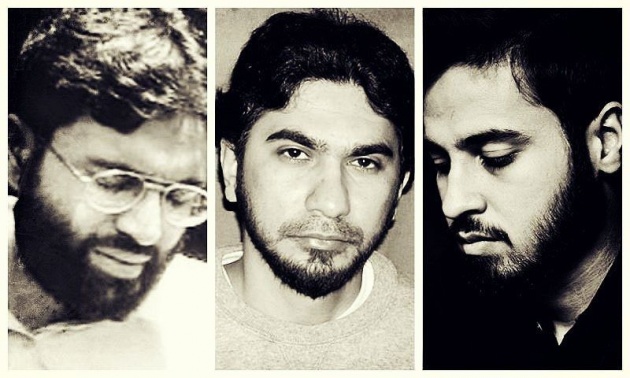To many, Tahir, Saad, Azfar and Nasir may appear new militant characters. But, profiles and ambitions of similar characters have been highlighted many times in the recent past.
The confessions made by these detainees shocked many, particularly those who believed that terrorists exist only in the lower classes and in unusual circumstances.
Educated and well-off, as their profiles suggest, these terrorists were reportedly involved in the recent wave of attacks in Karachi, including the massacre of members of the Ismaili community and the killing of rights activist, Sabeen Mahmud.

Also read: Qaim announces arrest of killers behind Safoora Goth, Sabeen's murder
Shocking as this is, it is not a new phenomenon.
There is a long list of high profile terrorists hailing from educated middle-classes in Pakistan.
Daniel Pearl murderer Omar Saeed Sheikh, Al Qaeda IT expert Naeem Noor Khan, Al Qaeda operative Dr Arshad Waheed, Time Square bombing planner Faisal Shahzad, Danish embassy bombing culprit Hamad Adil, and hijacker of a navy frigate at Karachi dockyard Owais Jakhrani are just few names.
Understanding the emerging militant character
While the presence of extremist tendencies in upper middle- and elite-classes is not new, in recent years however, the number of militants hailing from these classes has grown.
The Muslim Diaspora communities in the West are quite familiar with this phenomenon of emerging extremist tendencies. In Pakistan, a segment of the militants hailing from educated middle-classes represents a new stream.
Also read: From IBA graduate to 'terror suspect'?
This stream, as a whole, not only contributes to other militant streams, but the militants within it also try to distinguish themselves from other groups. These include multiple types of the groups, including breakaway factions of conventional militant organisations and emerging groups. The Punjabi Taliban and Jundullah are its prominent examples, which represent two major shades of the stream.
Militants in the making are a dangerous phenomenon of this stream.
Self-radicalised individuals who are influenced by terrorist ideologies fall in this category. Though, not formally affiliated with any local or international terrorist organisation, they are in search of causes that resonate with their radicalised worldview.
The numbers of potential militants in this category could be large. A failure to find and join a ‘proper’ terrorist group can encourage them to plan and launch terrorist attacks by defining the targets themselves.



